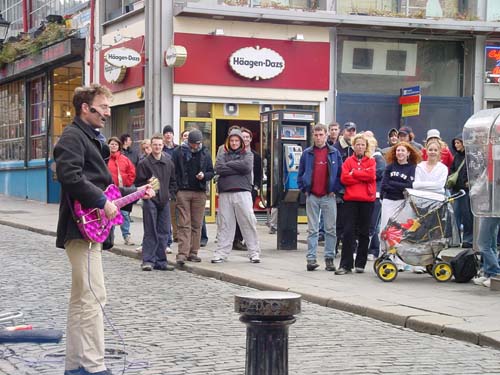#1: To the right we see the protons in the nucleus of carbon and fluorine atoms pulling on the electrons they are sharing. In this tug-a-war, which one do you think is pulling harder, carbon or fluorine? (hint: find out their atomic number because that tells you how many protons they have.)


#3. Compounds are often divided into two
categories, "organic" and "inorganic." Remember, organic
is carbon-based and normally came from a living organism. Inorganic is
just the opposite. Name 3 things in the picture that have organic compounds
and 3 things that have inorganic compounds.

4a) If your eyes or brain doesn't go buggy, try to describe the smallest building blocks in this image.
4b) Did the artist draw each and every part of this or did he or she make a small building block that got copied to a larger one, that got copied again?
